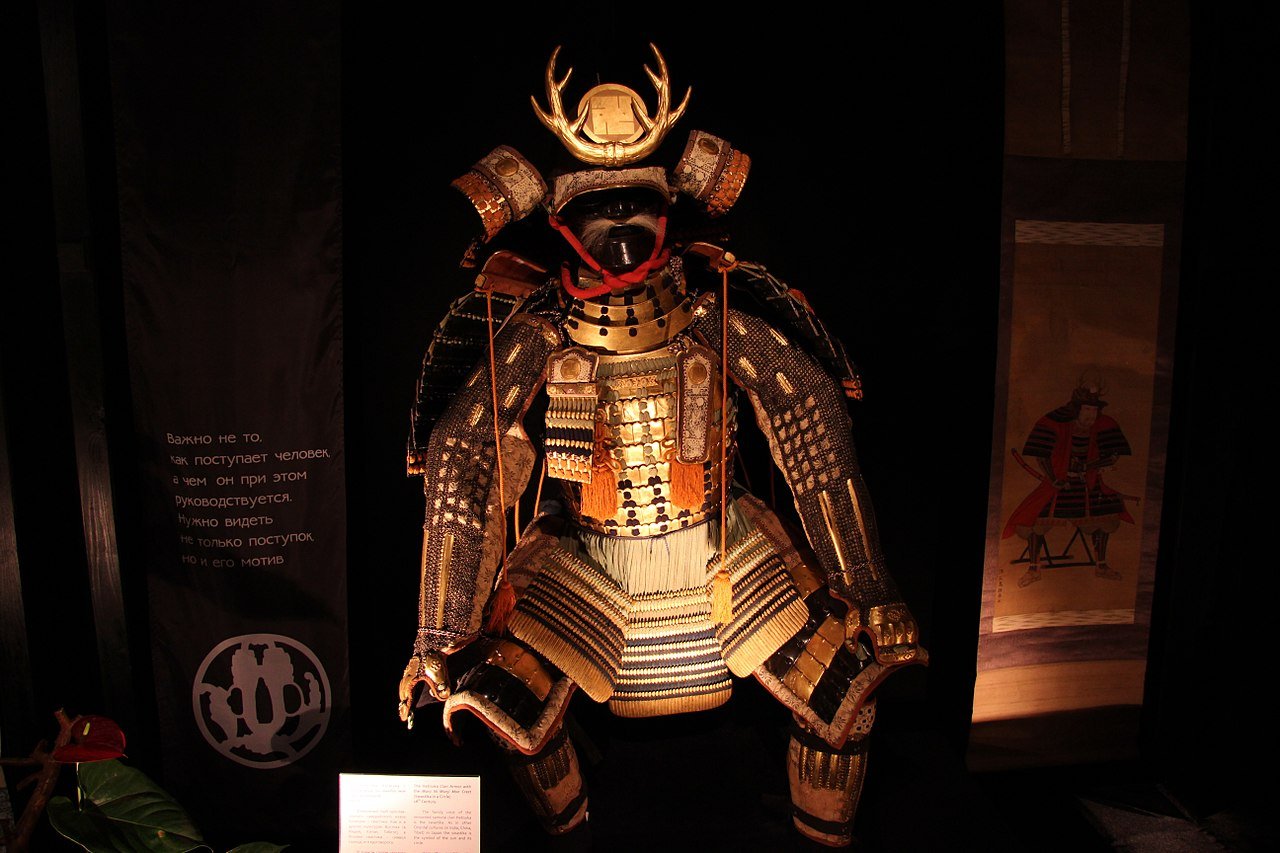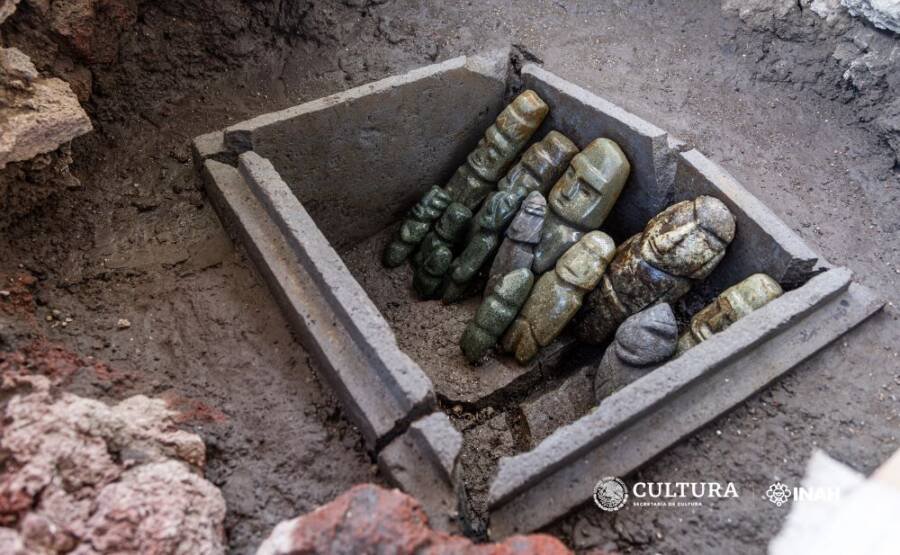In the sun-baked expanse of the Valley of the Kings, where whispers of ancient pharaohs danced on the desert wind, a drama unfolded that captivated the world. It was a story fueled by the insatiable thirst for knowledge, driven by the relentless pursuit of a hidden king, and ultimately woven with the shimmering threads of gold, tragedy, and enduring mystery. This is the tale of the discovery of Tutankhamun’s tomb, a saga that forever etched itself onto the pages of history.
A Spark Ignited by Napoleon:
The embers of Egyptomania were first stoked by Napoleon’s audacious campaign in 1798. Standing beneath the imposing gaze of the pyramids, he declared, “From the heights of these monuments, forty centuries look down upon us.” His words ignited a spark in Europe, a flickering fascination with the secrets buried beneath the sands of time.

Image credit: Public Domain.
The Pharaoh’s Obscure Shadow:
As the 19th century bloomed, the craze for Egyptology blossomed into an all-consuming obsession. The discovery of ancient tombs, opulent and overflowing with treasures, fueled both awe and envy. Looters, like shadows in the night, plundered these sacred chambers, leaving behind hollowed shells where pharaohs once slumbered. Yet, amidst the plundered, one name remained a tantalizing whisper: Tutankhamun.
A Boy King, a Forgotten Tomb:
A fleeting figure in the 18th Dynasty, Tutankhamun ascended the throne at the tender age of nine, only to meet his demise with the sands barely dry on his coronation robes. Whispers of his tomb, untouched by looters, danced like mirages on the horizon. Theodore Davis, an American pioneer of Egyptology, stumbled upon tantalizing clues, but they lay dormant until another, Howard Carter, ignited their potential.
Carter’s Daring Gamble:
Driven by conviction and fueled by Lord Carnarvon’s patronage, Carter set his sights on the Valley of the Kings. Years of painstaking labor yielded little, and Carnarvon, weary and disillusioned, threatened to pull the plug. With one last plea, Carter secured a final season, a desperate gamble before the sands of despair swallowed their dreams.
A Step Revealed, Hope Unfurled:
1922. The year etched in history. In the shadow of Ramesses VI’s tomb, Carter’s men stumbled upon a hidden step, an ancient invitation chiseled into the earth. As they meticulously peeled away layers of sand, an entrance materialized, bearing the sacred symbol of Anubis, the guardian of the underworld. Carter’s heart pounded like the desert drum; an untouched pharaoh awaited.
“Yes, wonderful things…”:
A telegram crackled with anticipation, summoning Carnarvon to witness the “magnificent discovery.” With breathless urgency, they carved a small opening, peering into the inky abyss. A flicker of gold, a glint of the divine – Carter’s immortal words pierced the silence: “Yes, wonderful things.” Had they stumbled upon not just a tomb, but a doorway to a lost civilization?
Into the Dazzling Depths:
The official opening, though shrouded in controversy and whispers of a secret midnight foray, unveiled a spectacle that surpassed all imagination. A treasure trove of chariots, statues, and golden artifacts unfolded before their eyes, each piece meticulously crafted to serve the young king in the afterlife. The exquisite death mask, glinting with the brilliance of a thousand suns, became the icon of a forgotten king.
Whispers of a Curse:
The world marveled at the revelation, but a chilling undercurrent began to swirl. Within a dozen years, eight individuals connected to the excavation met untimely ends, including Carnarvon himself. The press, ever eager for thrills, spun a web of a vengeful pharaoh’s curse, casting a shadow on the sun-drenched sands.
Beyond the Myth:
Though whispers of curses still flutter on the desert wind, science sheds a different light. Studies revealed Tutankhamun’s fragile health, riddled with genetic disorders and malaria, ultimately leading to his early demise. The “curse” was nothing more than a macabre cocktail of misfortune and sensationalized reporting.
A Legacy Undimmed:
Today, Tutankhamun’s tomb remains a testament to human ingenuity and artistic brilliance. It opened a window into a lost world, offering invaluable insights into ancient rituals, beliefs, and craftsmanship. Though shadows of a curse may linger, the tomb’s true legacy shines brighter than any golden artifact – a powerful reminder of the enduring impact of a young king who, even in death, continues to captivate the world.
This, dear reader, is the story of Tutankhamun’s tomb – a tale woven with threads of ambition, discovery, and enduring mystery. It is a reminder that history lives not just in dusty tomes and grand museums, but in the very earth beneath our feet. It whispers in the wind that carries the scent of ancient spices, it echoes in the footsteps that traverse paths walked by pharaohs, and it gleams in the glint of gold unearthed from the sands of time. The discovery of Tutankhamun’s tomb was not just the culmination of an archaeologist’s dream; it was a portal to a forgotten world, a bridge between the present and a civilization long vanished.
Unraveling the Mummy’s Secrets:

Image credit: Public Domain.
The years that followed the tomb’s excavation were dedicated to meticulous analysis and documentation. Tutankhamun’s mummy, meticulously preserved for millennia, underwent rigorous scientific scrutiny. X-rays and DNA testing revealed a young man ravaged by genetic disorders, likely caused by inbreeding within the royal family. Malaria, it seems, delivered the final blow, sending the 19-year-old pharaoh to an early grave.
Treasures Beyond Gold:
While the opulent gold artifacts undoubtedly captured the public imagination, the tomb’s true significance lay deeper. The carefully preserved objects – Tutankhamun’s everyday belongings, ritualistic paraphernalia, and even his hunting gear – offered a glimpse into the daily life of an ancient king. From intricately carved furniture to the delicate linen garments he wore, each artifact spoke volumes about the cultural and technological advancements of his era.
A World Reimagined:
The tomb’s contents shattered long-held assumptions about the Amarna period, a tumultuous time marked by religious upheaval and artistic revolution. Tutankhamun’s reign, previously shrouded in obscurity, emerged as a period of fascinating complexity. The art found within the tomb, vibrant and expressive, contrasted starkly with the austere style favored by his predecessors. It was a testament to the cultural shifts that swept through Egypt during his short reign.
Echoes of the Boy King:
Today, Tutankhamun’s tomb remains a pilgrimage site for archaeologists, historians, and curious travelers alike. Replica treasures grace museums around the world, while countless documentaries and exhibitions keep the story alive. He may have been a boy king who ruled for a fleeting moment, but his legacy continues to resonate through the ages.
Beyond the Golden Mask:
Tutankhamun’s tomb is more than just a treasure trove; it is a testament to the enduring power of human curiosity. It is a reminder that the past, though shrouded in layers of time, whispers its secrets to those who dare to listen. It is a story of ambition, triumph, and tragedy, woven into the very fabric of history. And as long as we continue to ask questions, excavate the unknown, and marvel at the wonders of the past, the tale of Tutankhamun’s tomb will continue to captivate and inspire.
So, dear reader, the next time you gaze upon a golden artifact or lose yourself in the pages of an ancient text, remember the story of Tutankhamun. Remember that history is not a static collection of dates and names, but a living tapestry woven with the threads of human lives, aspirations, and dreams. And remember, the echoes of the past are all around us, waiting to be unearthed.






